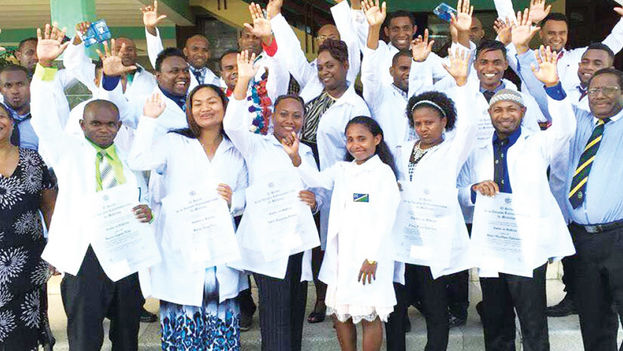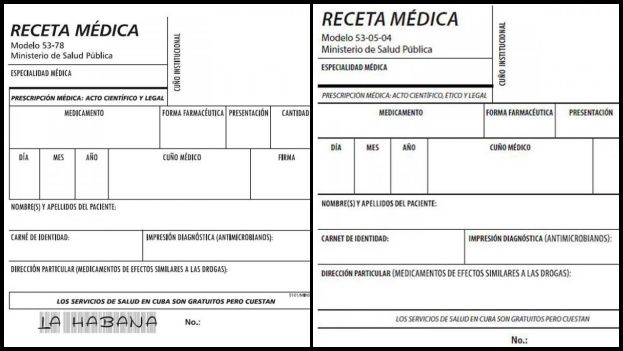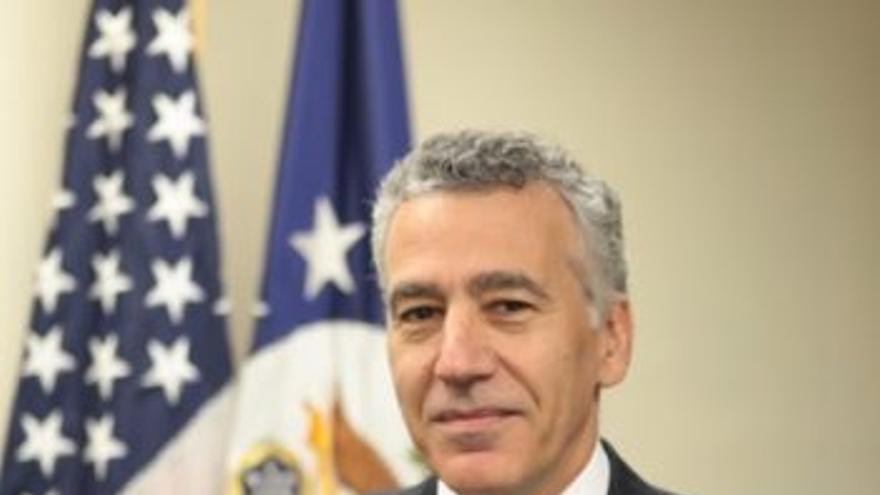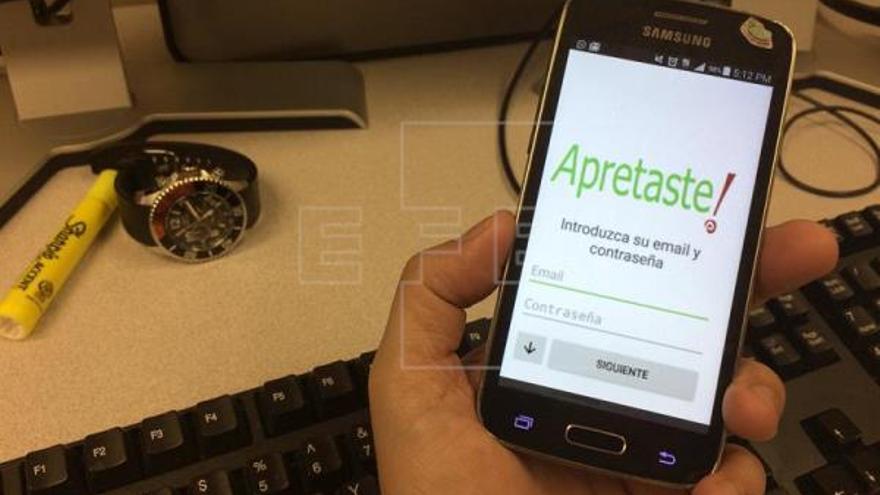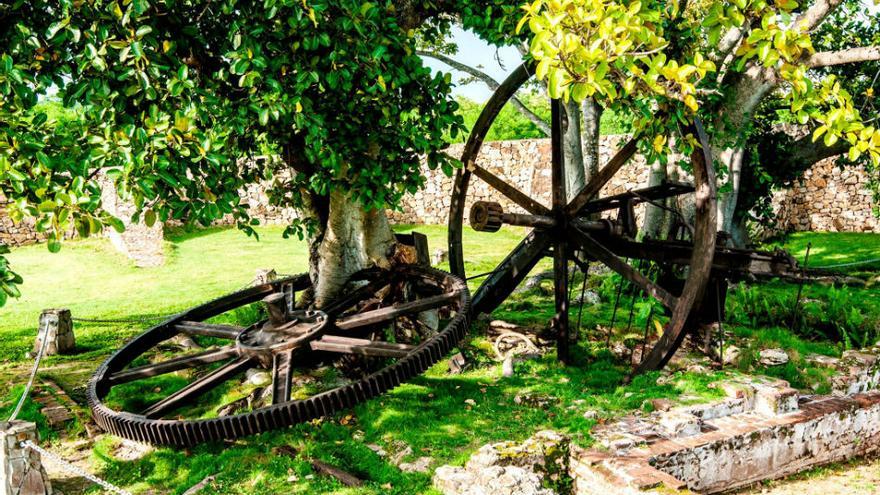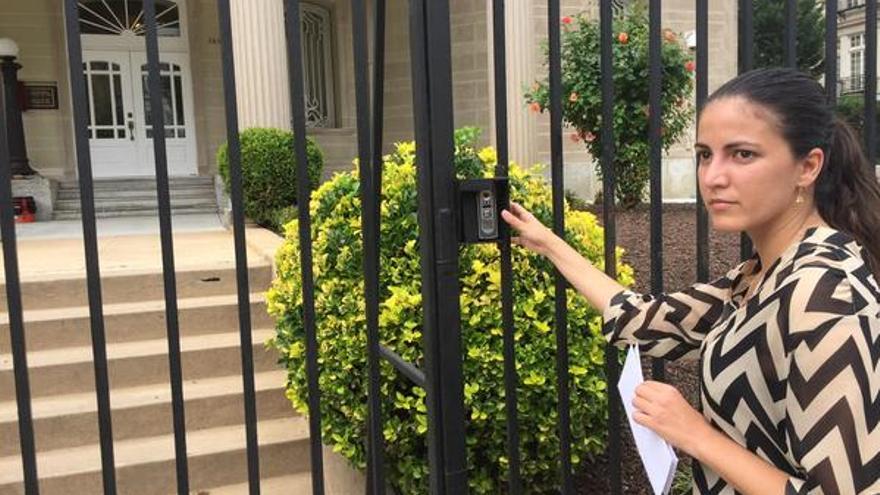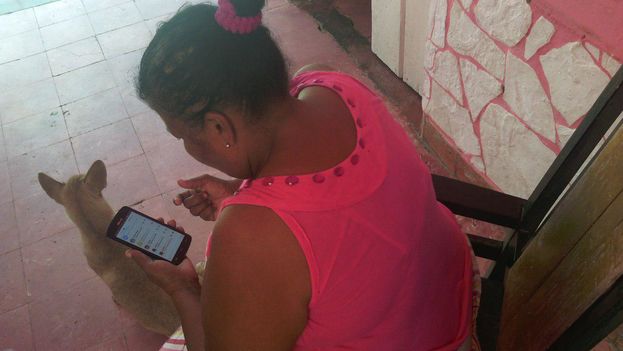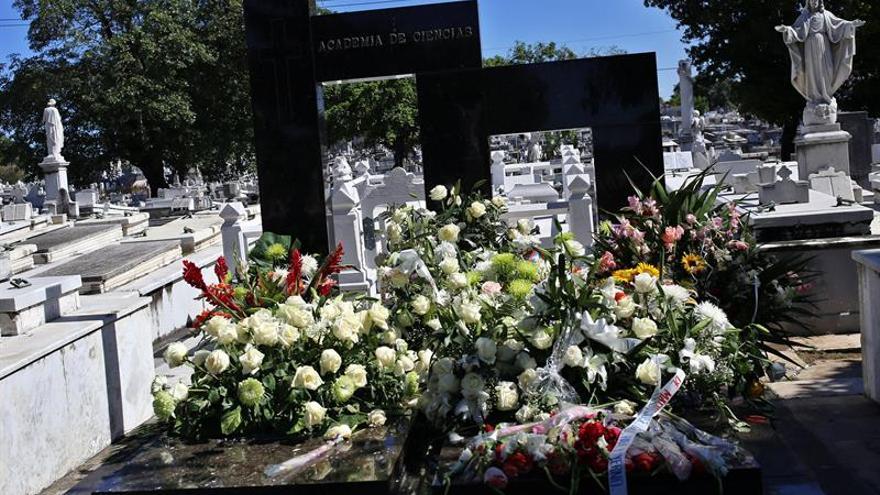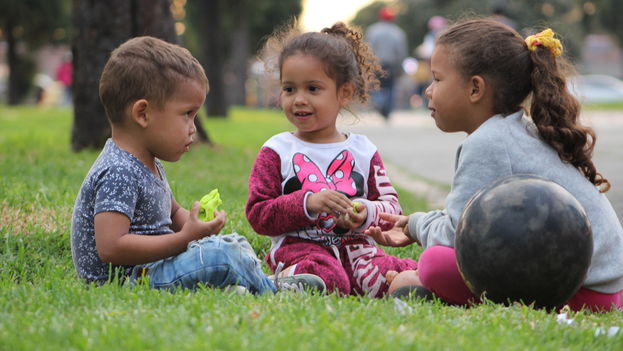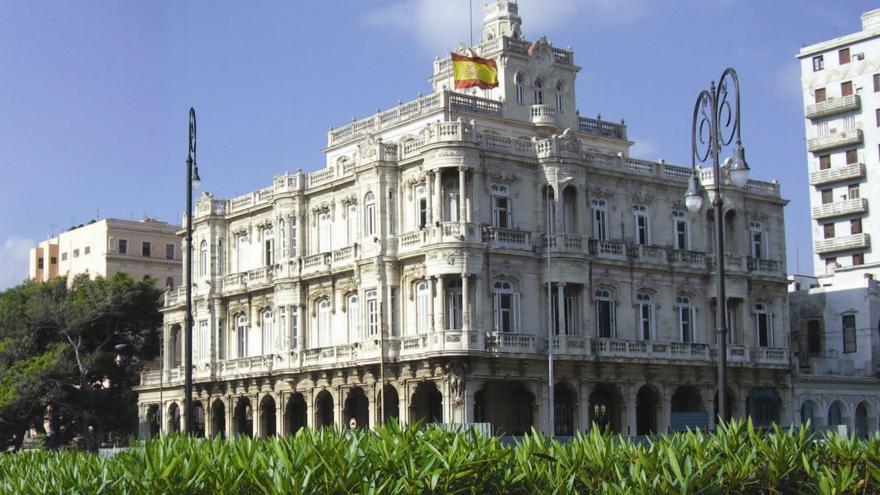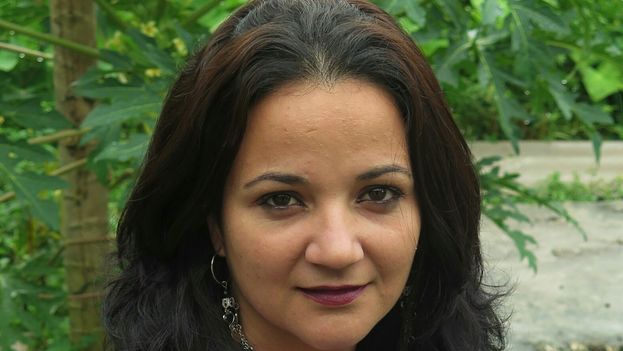
14ymedio, Havana, 12 February 2018 — Cuban authorities refused to allow six activists to travel to Argentina to participate in a workshop on “electoral process,” according to information provided to 14ymedio this Sunday by Julio Aleaga, member of the independent platform Candidates for Change (CxC).
“There were ten activists planning to travel to Argentina this weekend, but only four were able to do so, with no information about why some were allowed to go and others were not. There were two forms of repression: some were informed at José Martí Airport that they were prohibited from leaving because of ‘national security’ interests, and others were stopped before they arrived” at the terminal, Aleaga said. continue reading
The activists are member of different organizations including CxC, Independent and Democractic Cuba, and the #Otro18 [Another 2018].
“Neither Midiaysis Marrero nor Niurka Carmona were allowed to board the flight to Buenos Aires, Niurka was arrested at the airport on Saturday and told that she was barred from leaving due to matters of national security,” Aleaga said.
The opponent Juan Antonio Madrazo Luna was also prevented from boarding the flight and, according to what he told this newspaper, also prevented from leaving were María Mercedes Benítez (from #Otro18), José Ramón Polo (from Dialog Roundtable), and a third person not yet identified.
According to Madrazo, a police patrol car stopped the taxi in which he was heading to the airport and he was taken by officers of the National Revolutionary Police to the 10th of October Police Station. Madrazo explains that once there they asked him many questions about an alleged relationship with the opposition platform ‘Cuba Decides’, since that movement’s “propaganda had appeared” in Havana’s Vedado neighborhood.
Among the four activists who managed to travel are Juan Moreno, lawyer Amado Calixto (both from CxC) and independent candidate Aimara Peña, resident in Las Tozas, Sancti Spíritus.
Restrictions imposed on activists by the authorities with the objective of preventing them from participating in events outside the Island have increased significantly in the last year.
Along with the arbitrary arrests, threats and confiscation of the equipment and supplies they use to carry out their work, refusal to allow them to leave the country is part of the government’s repressive measures, according to reports gathered by independent organizations such as the Cuban Commission for Human Rights and National Reconciliation.
Since the Government of Raul Castro approved the travel and immigration reform measures of January 2013, the presence of Cuban human rights activists in international meetings and forums has been notable. But at present there are many opponents who have been arbitrarily prevented from being able to accept the invitations to attend these events.
Police kidnappings of activists on their way to the airport, exit “regulations” imposed, legal cases that prevent the activist from leaving the country, and threats of reprisals if he or she “misbehaves” abroad, are some of the pressures denounced by the activists.
______________________________
The 14ymedio team is committed to serious journalism that reflects the reality of deep Cuba. Thank you for joining us on this long road. We invite you to continue supporting us, but this time by becoming a member of 14ymedio. Together we can continue to transform journalism in Cuba.

